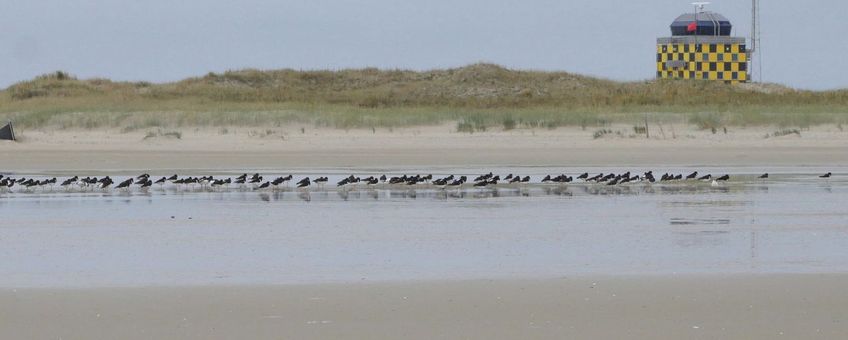
Rising sea levels danger to shorebirds
James Cook University Australia, Netherlands Institute of Ecology (NIOO-KNAW)"Half of this collapse will happen in the next fifty years with numbers already declining now due to sea level rise, and the rest in the fifty years after that", says lead researcher Martijn van de Pol from James Cook University, formerly at NIOO. Even in a low greenhouse gas scenario, where global warming is limited to less than two degrees, the oystercatcher populations are expected to decline by more than half. This is because the sites where oystercatchers nest are already flooding due to sea level rise.
Nesting behaviour when facing climate extremes
Van de Pol: "Oystercatchers usually nest on the lower parts of the salt marsh: these are overgrown pieces of land directly bordering the sea. Historically, these nests would rarely get flooded, but they are now getting flooded more often due to sea level rise, causing fewer offspring being born and population numbers dropping."
Previous NIOO research focused on ecological effects like these of climate extremes. For twenty years nests of oystercatchers on Schiermonnikoog, one of the Wadden Islands, were monitored and showed that these birds do not adapt their behaviour to rising sea levels. The nests are still at the same height as before, even though there is now a greater risk of flooding. Take a look behind the scenes at how this research was conducted with Martijn van der Sluijs' oystercatcher vlogs (Dutch).
More information
- Article James Cook University: Sea-level rise causes shorebird population collapse before habitats drown.
- Previous NIOO research on this topic: Extreme weather has greater impact on nature than expected.
- Oystercatcher vlogs (Dutch) by Martijn van der Sluijs.
Text: Netherlands Institute of Ecology (NIOO-KNAW)
Photo: Henk-Jan van der Kolk, NIOO-KNAW (lead photo: oystercatchers)
